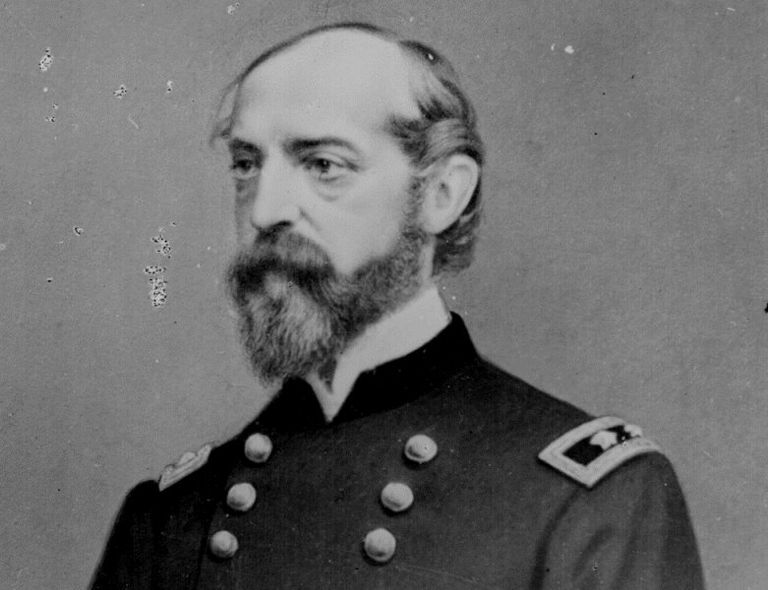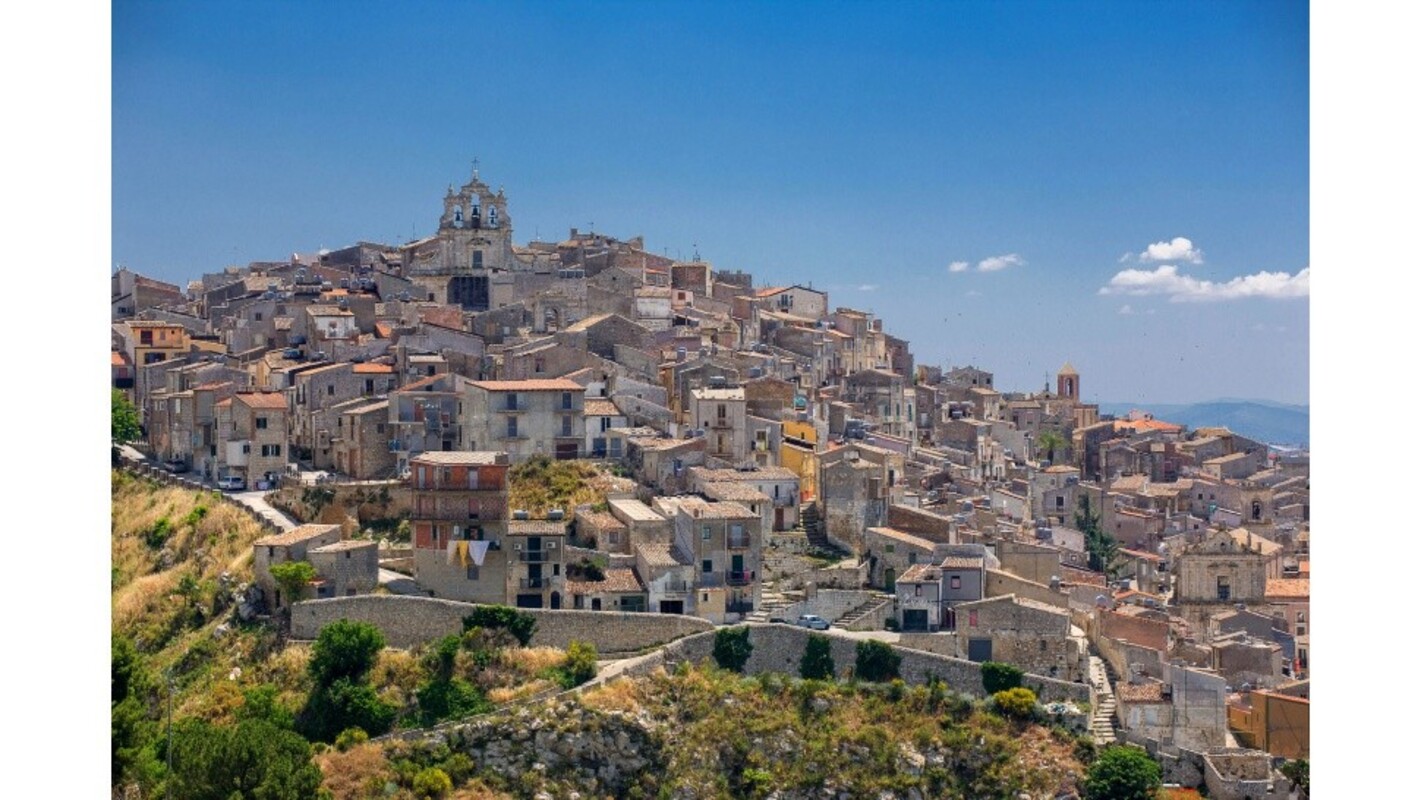
Who was General George Meade?
The Spanish-born Philadelphian is one of the most important figures of the city’s history.
Throughout Philadelphia’s 300 plus-year history, there have been many prominent figures to set foot and make an impact in the “City of Brotherly Love.”
One prominent figure throughout Philadelphia’s history that may not ring a bell to the average person is a man by the name of George Meade.
Meade was a United States Army general who served as commander of the Union Army during the Civil War.
Meade was born on Dec. 31, 1815 in Cadiz, Spain, where his father worked as a U.S. naval officer. He was the eighth of 11 children to Margaret Coats Butler and Richard Meade. After his father passed away in 1828, Meade’s family endured financial challenges that led them to settle in Pennsylvania.
Due in part to the financial challenges, Meade decided to join the U.S. Military Academy at West Point in 1831. Upon graduating, he resigned from the army in 1836 and pursued a career as a civilian, working as a civil engineer.
In 1842, Meade reenlisted in the Army and served as a junior officer in the Mexican-American War.
By the start of the Civil War, nearly two decades later, Meade was promoted from captain to brigadier general of Pennsylvania volunteers. He helped work on the defenses of Washington, then joined the army of the Potomac under General B. McClellan and also participated in the Seven Days battles at Mechanicsville, Gaines’ Mill and Glendale.
The battle at Glendale left Meade with severe wounds.
Upon recovering, he was then sent to replace John F. Reynolds as division commander in the corps of Joseph Hooker, and led the division through the battles of South Mountain and Antietam.
RELATED CONTENT
On June 28, 1863, President Lincoln appointed Meade to command the Army of the Potomac.
During the Battle of Gettysburg, the deadliest battle of the Civil War, Meade managed to lead his troops to victory against the Confederate Army, his greatest victory of his military career.
Meade continued to lead the Army of the Potomac in a subordinate role until the end of the war. He died in Philadelphia on Nov. 6, 1872 at the age of 56.
Following this death, the Association for Public Art initiated a campaign to finance an appropriate memorial for the late general.
In 1887, a statue of Meade was unveiled in Fairmount Park by his grandsons while over 30,000 people watched, becoming the first major commission project of the Association. The statue stands at 11.5 feet tall, four feet wide and 10 feet deep atop a pedestal 12 feet high, 10.7 wide and 16.5 feet deep.
A second Meade statue is part of the Smith Memorial Arch.
In addition, at the Union League of Philadelphia, a room is named after the general and a portrait sits in the very room.











LEAVE A COMMENT:
Join the discussion! Leave a comment.